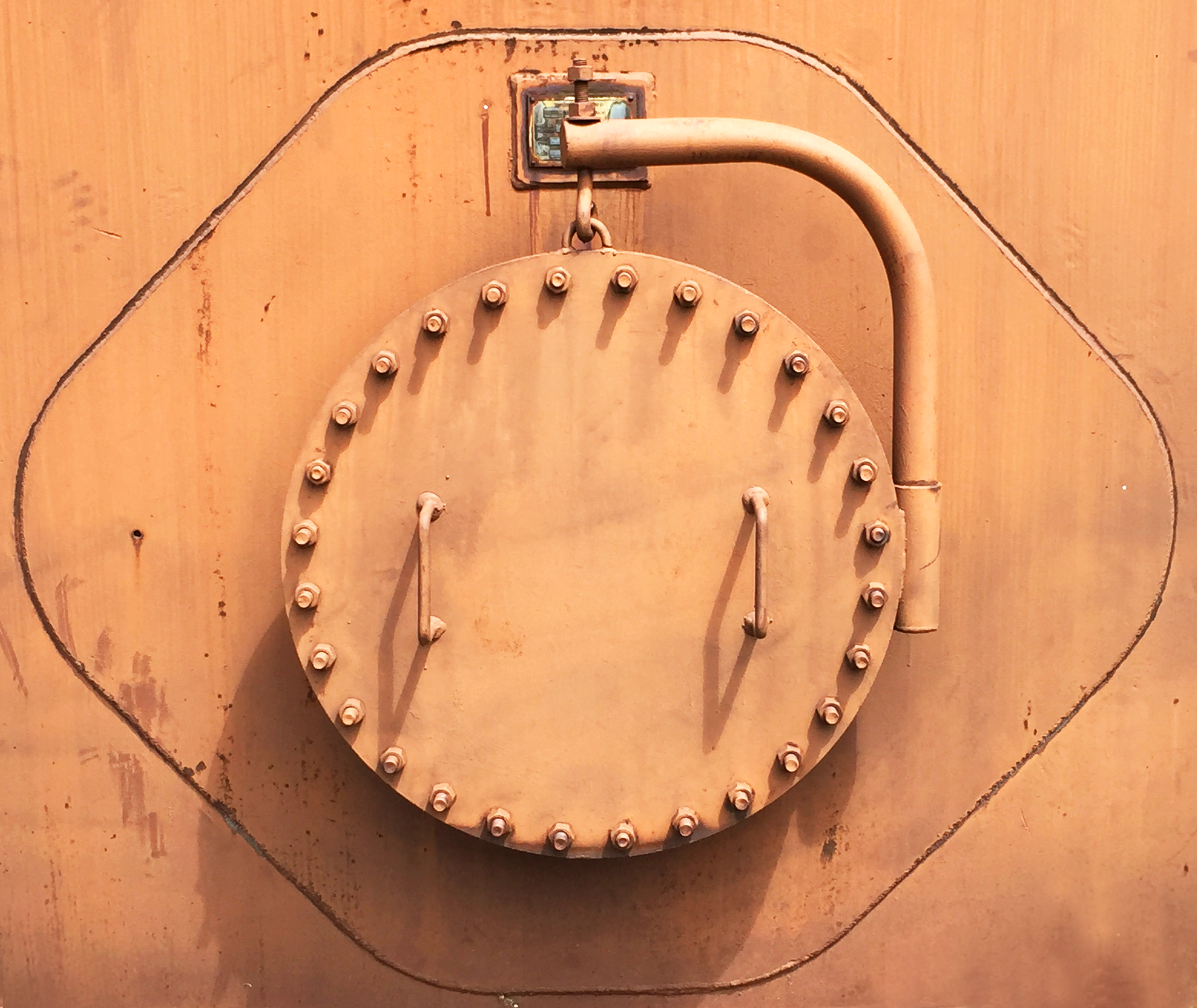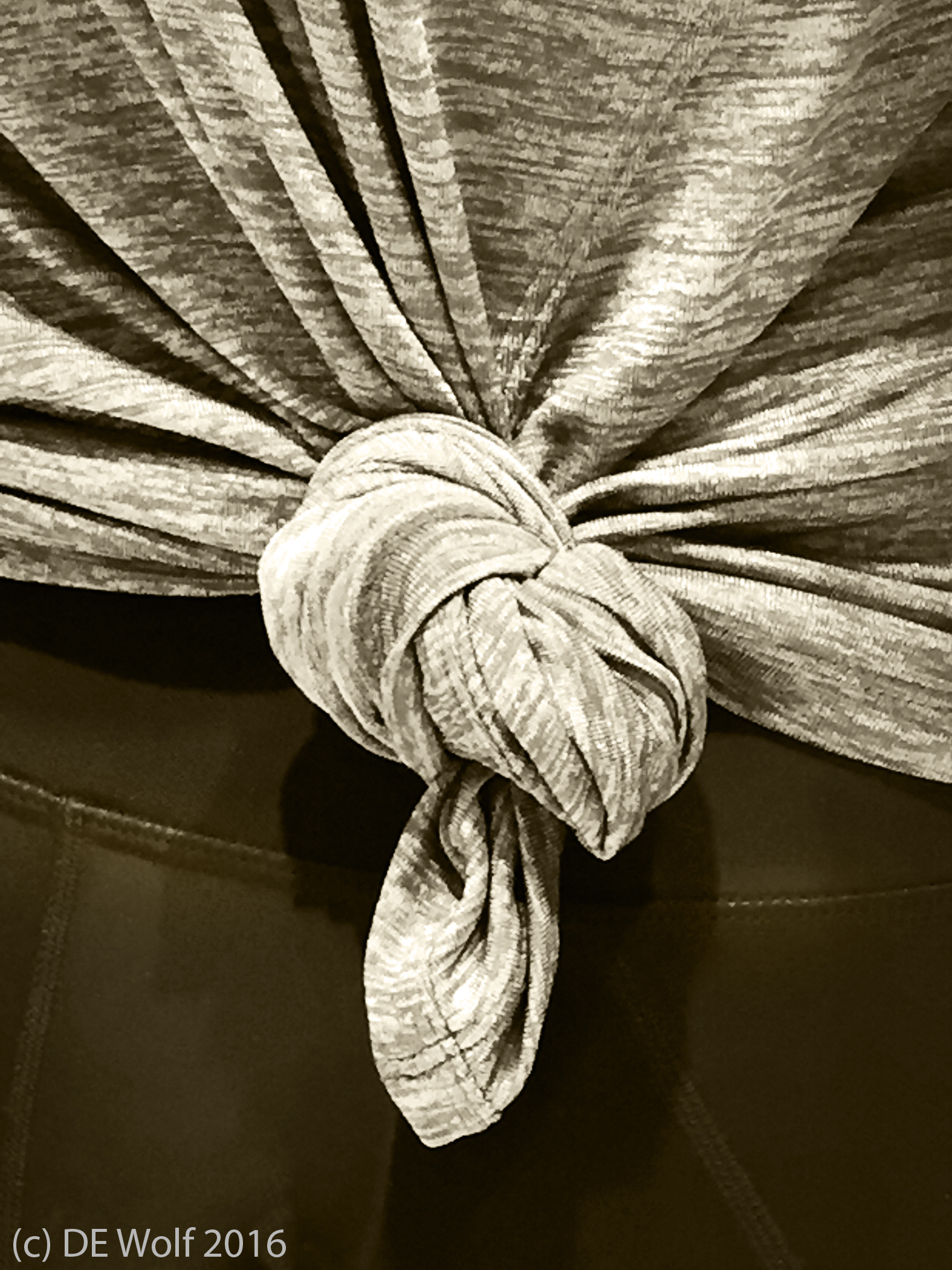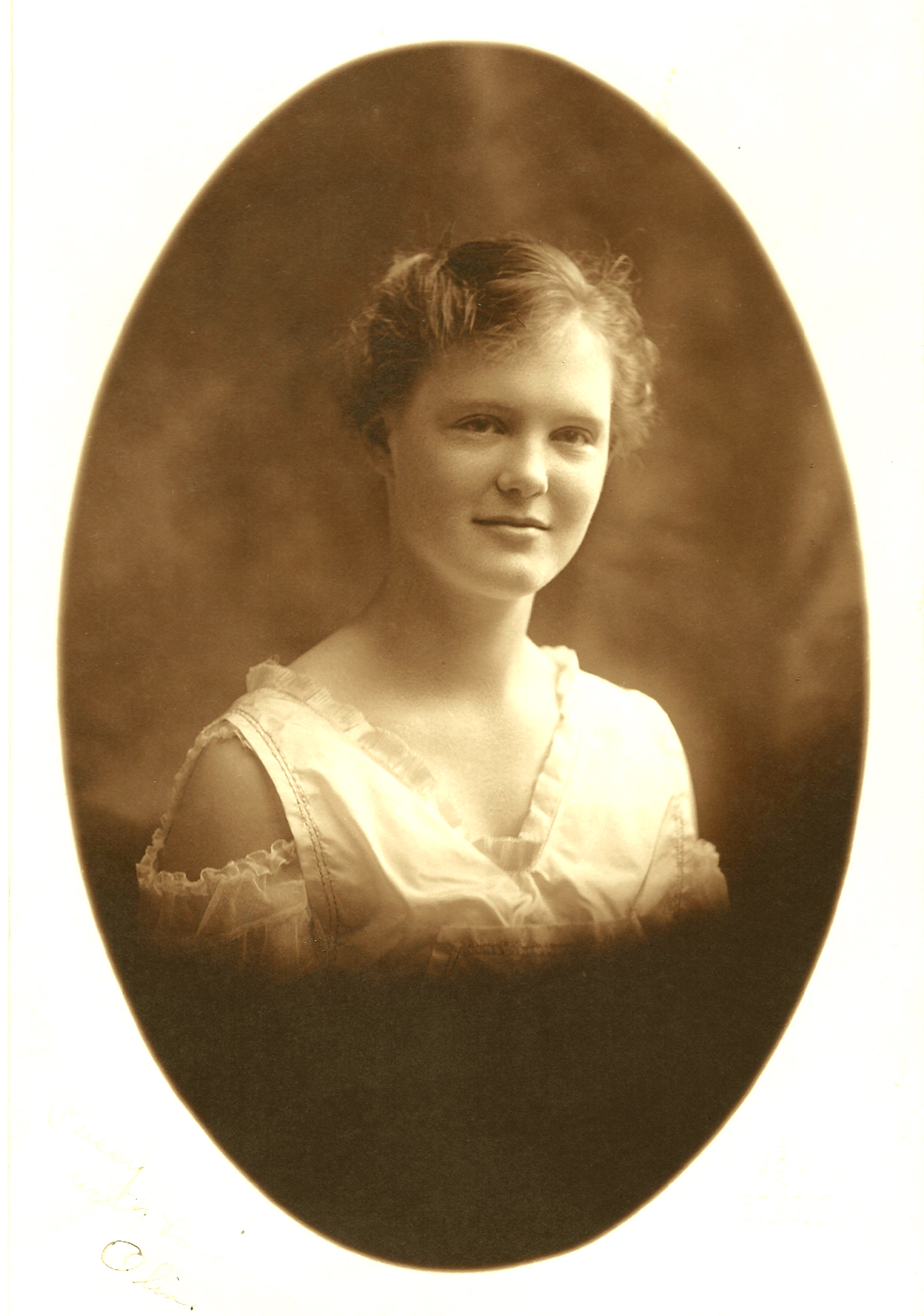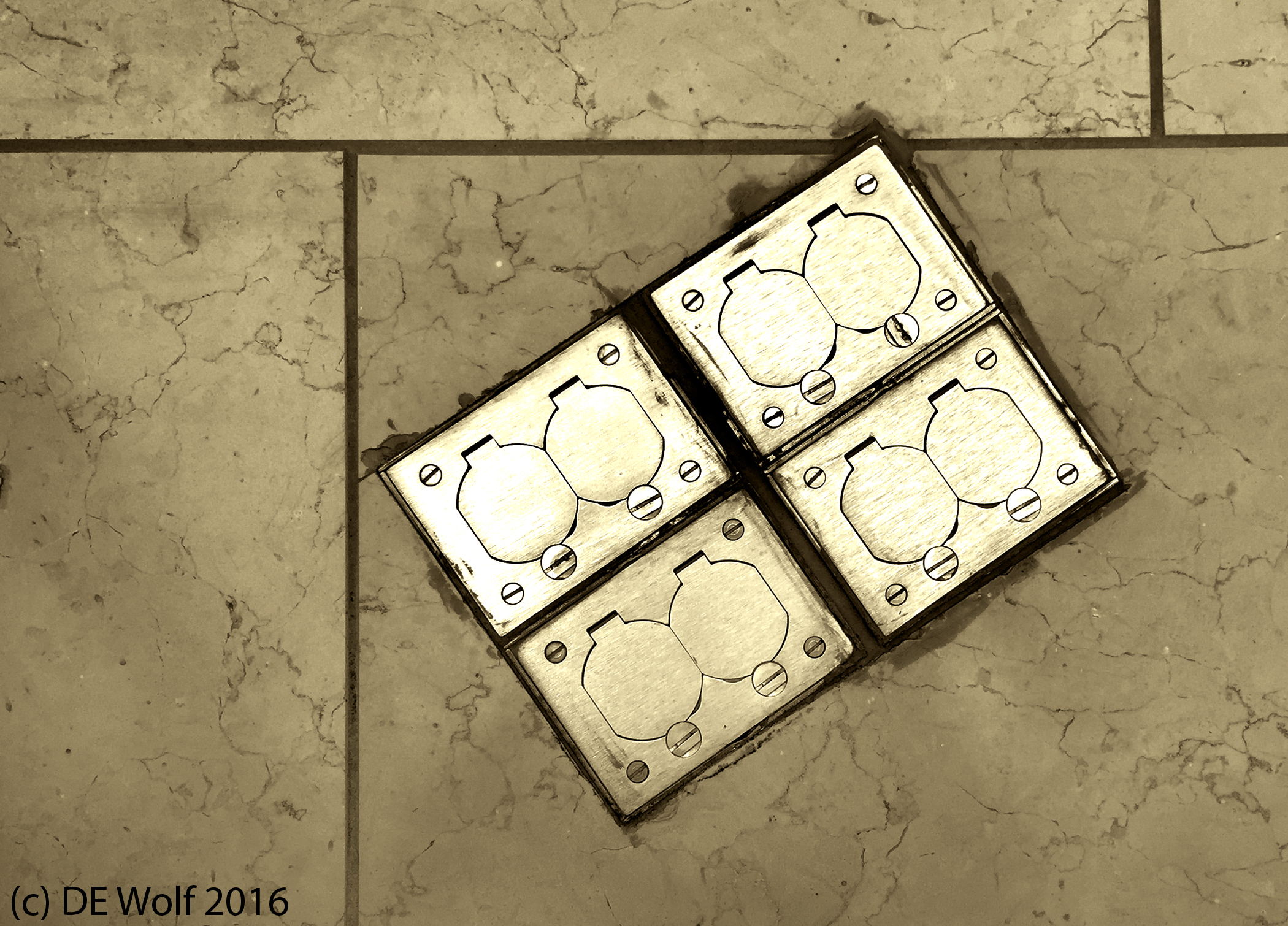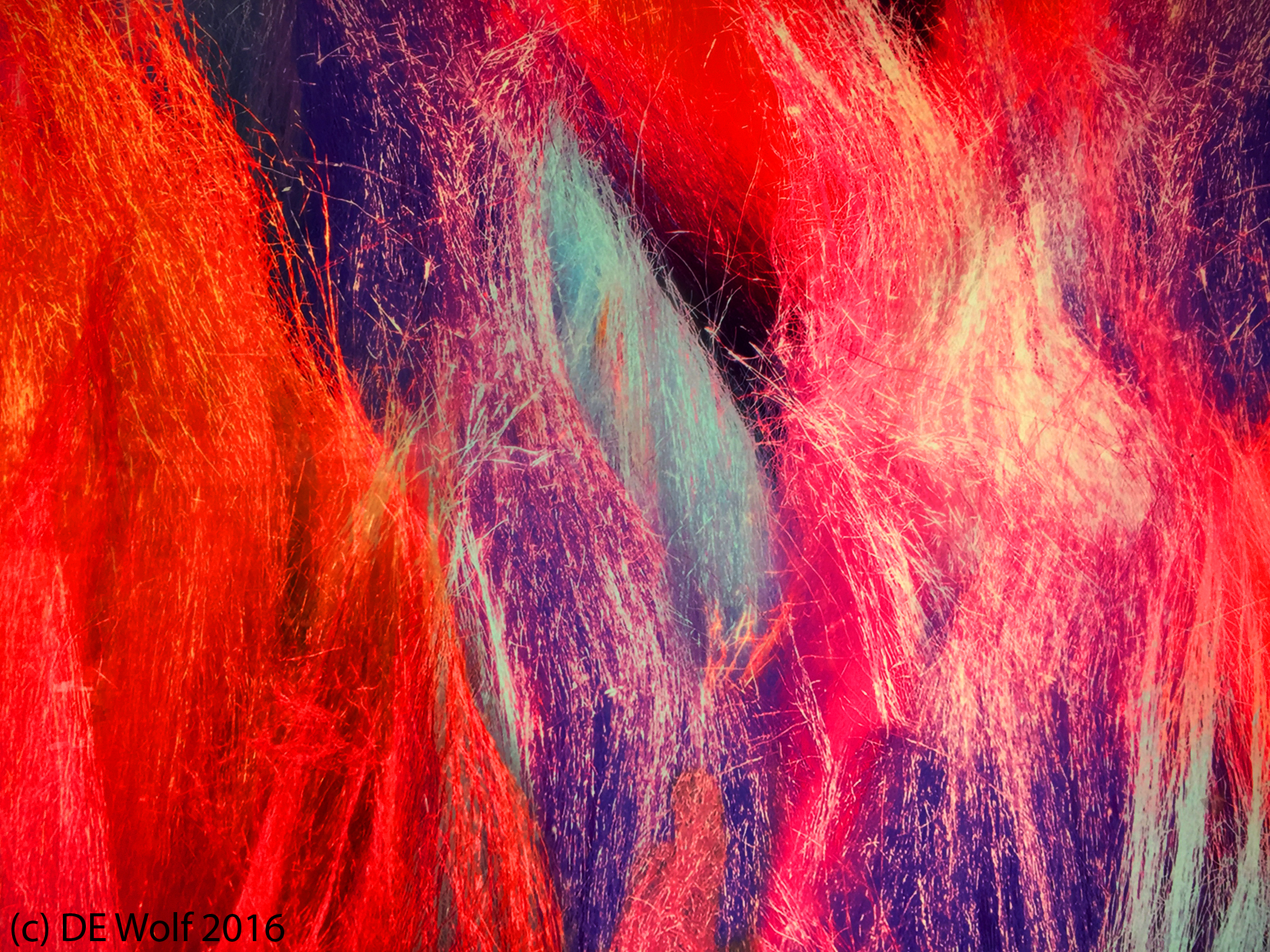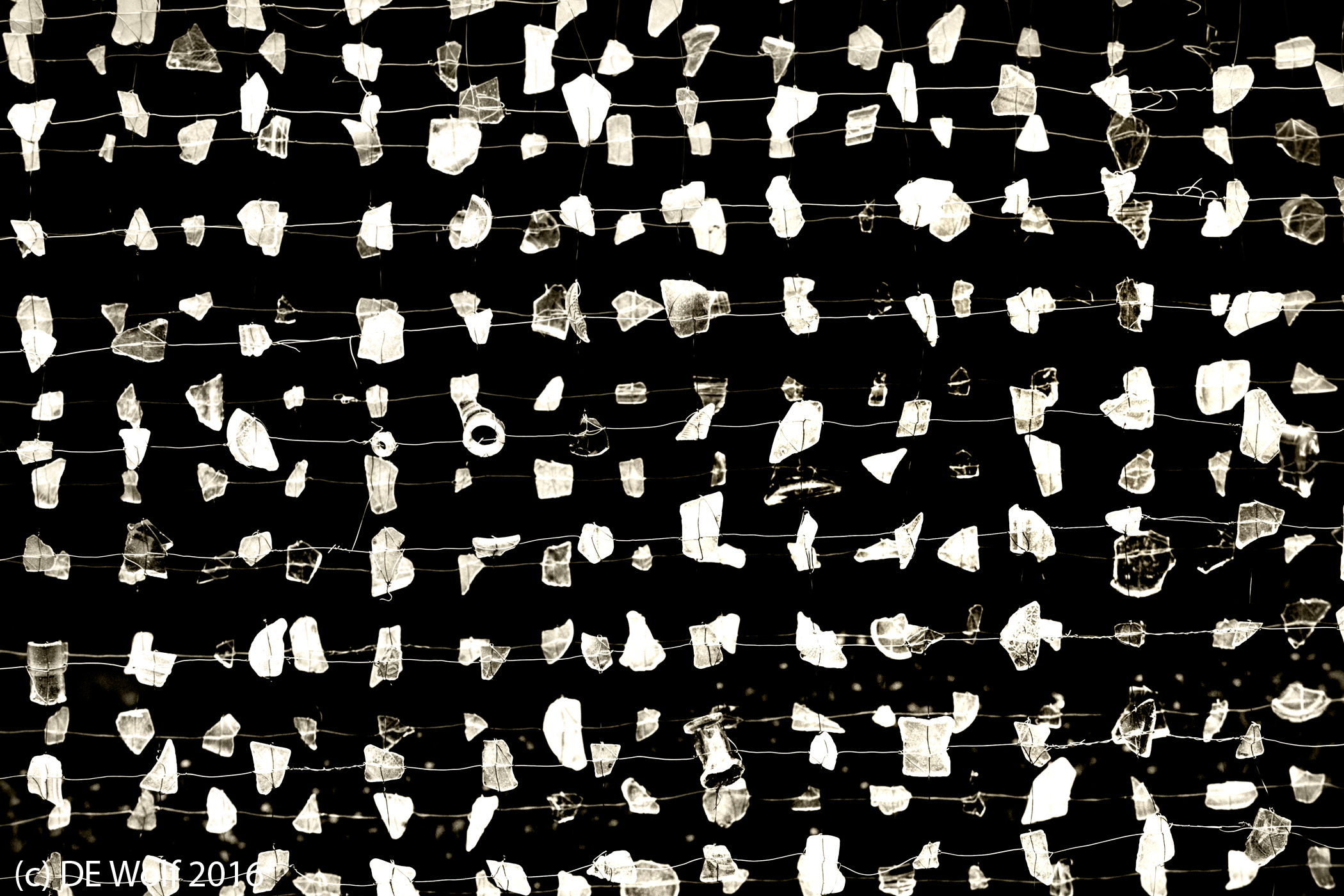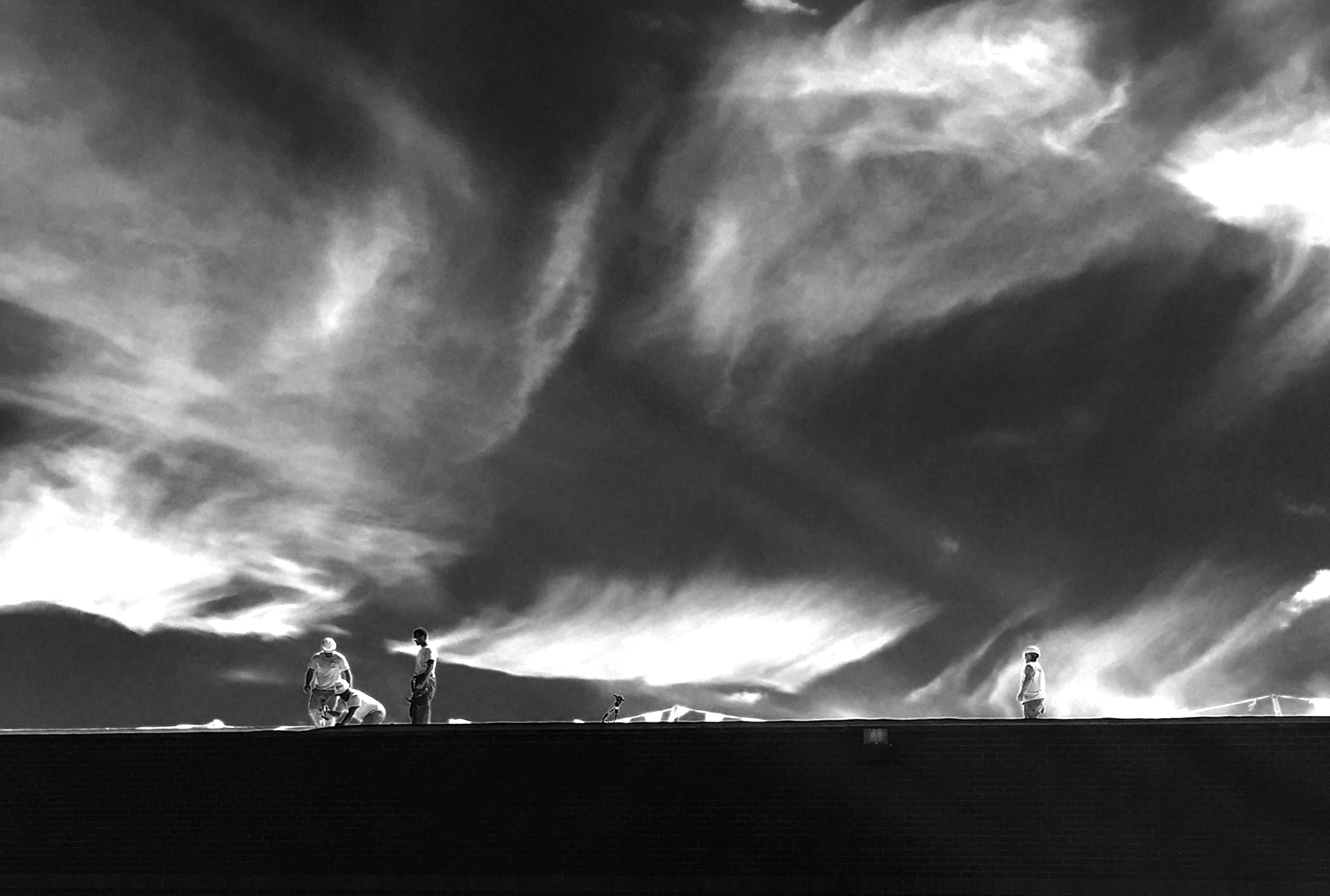
Figure 1 – Workers on the roof, IPhone photograph using “Noir” filter. Willmington, MA, (c) DE Wolf 2016.
Last night I went back and looked at the date of Hati and Skoll’s first posting, and it was August 19, 2012. So today is officially our fourth anniversary! That boy, Wolf, sure has a lot to say!!! So I really want to begin today by thanking all of my readers for your continued interest and support. Please keep the comments coming. You make it all worthwhile.
Regular readers of this blog will recognize my infatuations with black and white photography and with testing the limits of my IPhone 6 as a black and white camera. Recently, I started “playing” with the automatic filters available with the IPhone and I became enthralled with the “Noir” filter and its ability to really emphasize clouds. It is ever so reminiscent of film days with a deep red Wratten A filter. The “Noir” filter by surprising blues and favoring reds creates the illusion that you are doing infrared photography. It is, of course, nothing of the sort. But it does result in some very dramatic photographs.
Hence, the other afternoon, I was taking a walk around the building at work and noticed some workers on the roof with some beautiful clouds in the background. The result is Figure 1. I achieved the effect that I wanted even though I had to deal with the usual problem of not being able to see the image on the screen because of the intense sunlight. I much prefer looking through the viewfinder of my DSLR. I know, I know, such a techno-dino!

